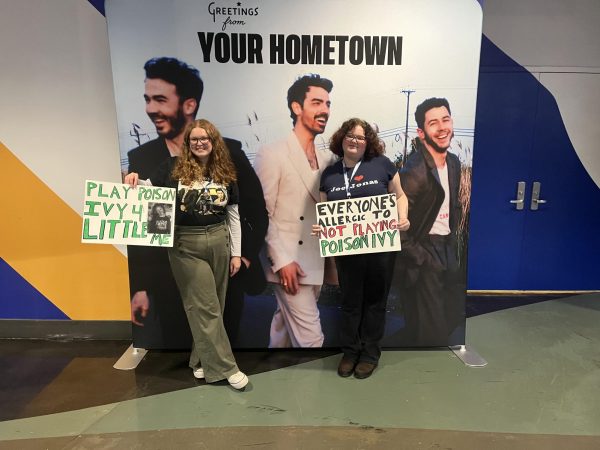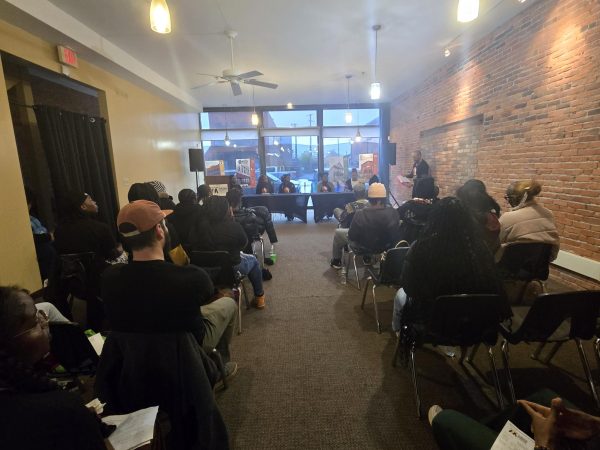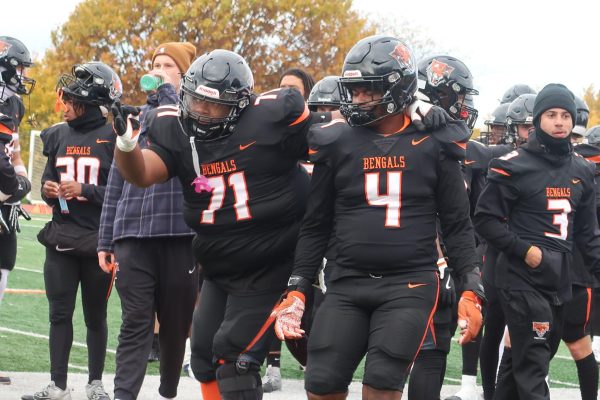Educating inmates provides rehabilitating environment in prisons
Gov. Andrew Cuomo polarized the entire state Feb. 16 when he announced that New York would fund higher education for prison inmates. Many believe this move will supply inmates with the tools they need to live law-abiding lives after their release. Others believe prisoners are being rewarded for breaking the law if they receive a college education.
Who’s right? Who is wrong?
Consider this: We don’t live in a society in which a high school diploma is enough to make a good, honest living for yourself anymore — in fact, many of these prisoners are incarcerated without one. According to The New York Times, about 40 percent of prisoners don’t even have a high school diploma. Many of them come from impoverished backgrounds, in areas that don’t provide quality education to begin with, and no chance of making it to college.
This contributes heavily to their turning to crime.
Also consider this: while New York (and the United States) should focus on driving down college costs for those of us who aren’t incarcerated, there is something to be said for the amount of money the state and nation spend on housing prisoners.
According to numerous articles, including the press release from the governor’s office, New York State spends approximately $60,000 a year on housing one prisoner. It costs $5,000 to educate one for a year. The initial investment might be high, but in the long run, if the recidivism rate among prisoners who were educated in incarceration continues to hover around the 4 percent range (compared to the current 40 percent rate among prisoners overall in the state). Think of the money we save. A RAND (Research and Development) Corporation study released last summer and quoted by the Times calculated that every dollar spent on inmate education means four to five saved on re-incarceration down the road.
This, too: The racial disparity of prisoners all over the nation, not just in New York, is astounding. The Sentencing Project, a research and advocacy group for prison reform, said in its study that one in three black men and one in six Latino men — compared with one in 17 white men — will be imprisoned at some point in their lifetime. One in 18 black women and one in 45 Latinas, compared to one in 111 white women, will be incarcerated. It’s not a coincidence that, while statistics have likely improved, in 2005, 30 percent of white adults had at least a Bachelor’s degree, while only 17 percent of black adults and 12 percent of Hispanic/Latino adults did, according to the Washington Post. White households also made nearly $20,000 more than both black and Latino households. Education and income levels correlate with likelihood of imprisonment — the more education and money you have, the less likely you’re going to be arrested and imprisoned for anything, generally speaking.
As for the idea that educating inmates is giving them some kind of reward: Considering a college degree is more necessary than ever to live with your head above water these days, you really can’t make this argument without implying that some people just deserve an education more than others, and would you make this argument about the kids from affluent backgrounds who do go to school and waste their parents’ money doing nothing?
And finally, think about this: The New York Civil Liberties Union provided Genesee Valley representative Gary Pudup’s testimony regarding the Rockefeller Drug Laws on its website, in which he stated that the laws have sent low-level offenders with no real risk of committing violent crimes to prison. For what purpose? Do we really want these inmates to go back to prison for crimes that don’t really warrant it anyway?
Your opinions might not change, but the numbers don’t lie. Educating inmates is one step toward providing the “rehabilitating” environment prisons are supposed to have. If we really are concerned with saving money and not passing blanket judgments over an entire group of people, we would support this investment.
Email: rodriguez.record@live.com
Twitter: @A_Rodriguez39










